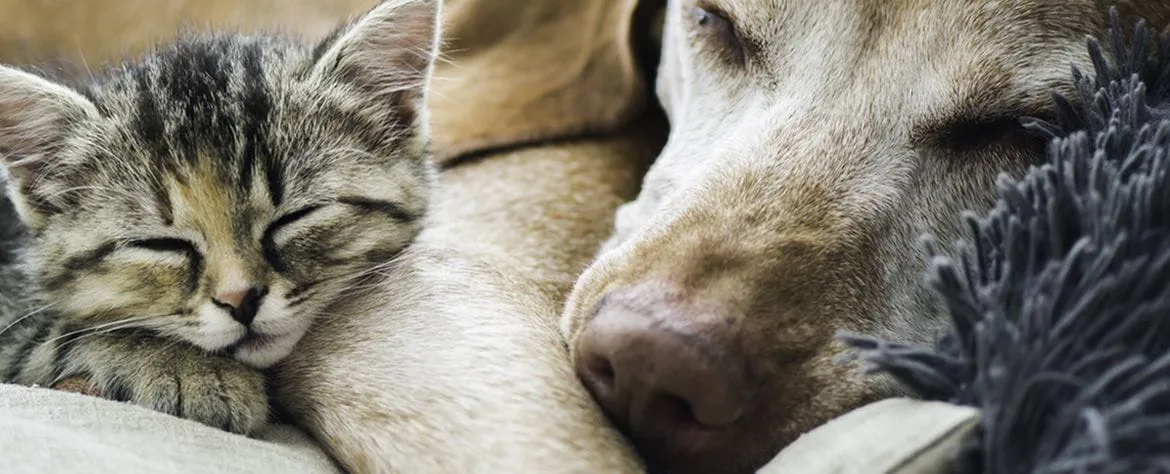The Stone and the Rainbow
By: Nick Helfrich, DVM
 Rainbow is an 8-year old Male Lorikeet. He presented to All Pets Animal Hospital for evaluation of a recent history of having a general fluffed up appearance and visibly straining to defecate. It is important to note, that birds are excellent at hiding disease for long periods of time with no observable changes in overt clinical signs until the disease has progressed to a critical state. Even then, many birds will show only subtle changes, such as being “fluffed up." Therefore, regular examinations and routine diagnostics to ensure appropriate health of a pet bird are very important. On examination, Rainbow was in good spirits and was in overall excellent body condition. I did, however, observe him straining to defecate on several occasions, and his stools had an abnormally watery consistency.
Rainbow is an 8-year old Male Lorikeet. He presented to All Pets Animal Hospital for evaluation of a recent history of having a general fluffed up appearance and visibly straining to defecate. It is important to note, that birds are excellent at hiding disease for long periods of time with no observable changes in overt clinical signs until the disease has progressed to a critical state. Even then, many birds will show only subtle changes, such as being “fluffed up." Therefore, regular examinations and routine diagnostics to ensure appropriate health of a pet bird are very important. On examination, Rainbow was in good spirits and was in overall excellent body condition. I did, however, observe him straining to defecate on several occasions, and his stools had an abnormally watery consistency.
When evaluating difficult defecation in birds, important considerations include infectious processes, systemic diseases, or physical obstructions, such as an egg, ingested foreign body, cloacolith, or a soft tissue mass. To help differentiate the underlying cause of the straining, initial diagnostics often include fecal analysis, blood work, and full body x-rays.
While Rainbow's owner had been told that her bird was a male, without the results of a DNA Sexing Profile, we could not be certain that this was the case. As a result, we could not rule out egg-binding (a dangerous condition where a bird is unable to pass an egg) as a cause of Rainbow's distress.
For Rainbow, a fecal sample was analyzed and showed a large amount of bacteria, but no parasites or other significant abnormalities. With these findings, we then proceeded with full body x-rays, and were surprised to see the following:

The relatively large, round, and mineralized structure observed in the lower part of Rainbow’s coelom was thought to be most consistent with a cloacolith, essentially a stone located within either the gastrointestinal or reproductive tract. Cloacoliths are fairly rare occurrences in birds, but can form from previous egg binding, infection or chronic inflammation with the cloaca, nutritional deficiency, or even spontaneously from no overt cause. Treatment for a cloacolith includes removal, either manually or surgically, and correction of the underlying cause (if possible).
Rainbow was placed under general anesthesia in order to gently extract the stone. Two major concerns were the large size of the stone and the propensity for these types of stones to adhere firmly to gastrointestinal wall, as both factors can necessitate the need for surgical removal. Fortunately, with slow and deliberate manipulation, the stone was successfully removed without complication or need for further surgery:

Following stone removal and recovery from anesthesia, Rainbow was visibly much more comfortable. With the stone out of the way, our focus moved to prevention of stone recurrence. Rainbow was started on a course of both a pain and anti-inflammatory medication and a broad-spectrum antibiotic. While his overall husbandry and physical condition were appropriate, some minor dietary modifications were implemented, including more daily vegetables.
Rainbow’s Mom now reports that he is feeling great and back to his usual colorful self!



